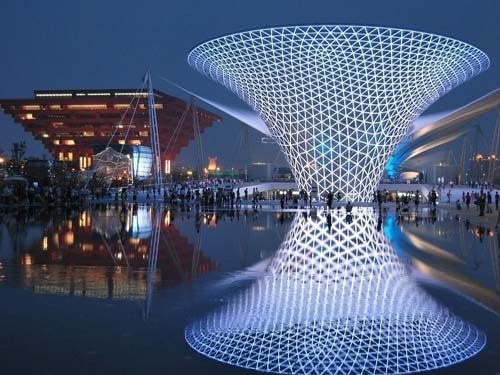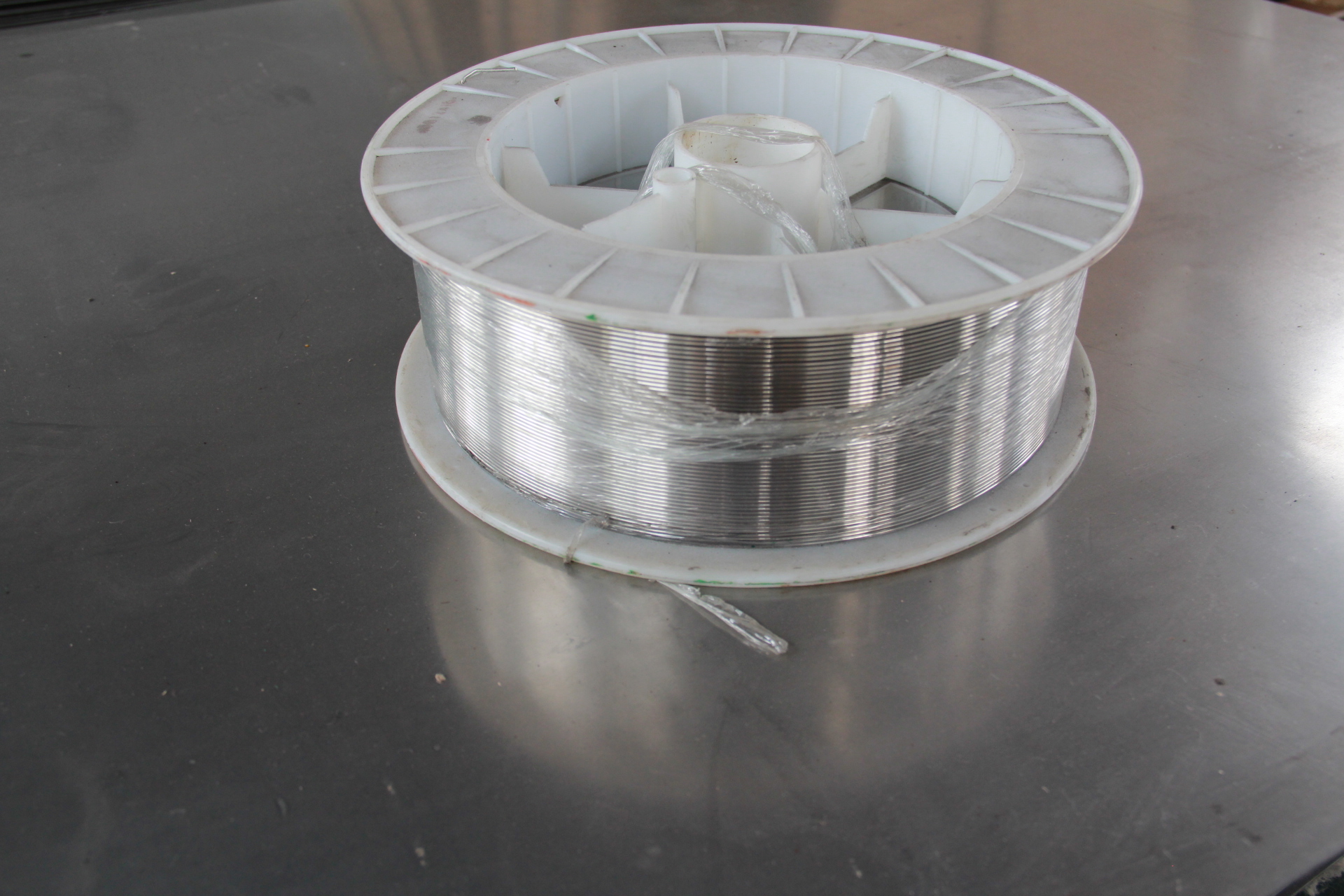
Global new energy and proportion
In 2014, the total global new energy consumption was 892.1 TWh. Although China is the country with the largest installed capacity of new energy sources, the world’s largest new energy generation capacity-consuming country in 2014 was the United States, reaching 202.1 TWh (183.6 and 18.5 TWh for wind and solar energy, respectively. 1 and 5), which accounts for 22.7% of the global total; China ranks 2nd with 187.5 TWh (158.4 and 29.1 TWh for wind and solar power, respectively, ranking the 2nd and 2nd in the world), accounting for the total global 21.0% of the volume; Germany ranked 3rd with 90.9 TWh (56.0 and 34.9 TWh respectively for wind and solar energy, ranking third and first in the world). The ten countries with the largest amount of new energy consumption accounted for 81.3% of the total new energy consumption in the world.
Since 2000, the proportion of global wind power generation and solar power generation to total power generation has increased rapidly, from 0.2% in 2000 to 3.8% in 2014 (approximately equivalent to 1.5 German power generation). In 2014, wind power generation and solar power generation reached 706.2 and 185.9 TWh respectively, which accounted for 3.0% and 0.8% of the total power generation respectively.
New energy generation accounted for TOP10 countries
Of the ten countries with the largest photovoltaic power generation, only tenth ranked among the non-European countries. Among them, 8.9% of the world’s number of generating units came from solar energy, and Italy (8.5%) and Germany (5.7%) ranked second. For the three countries, the proportion of photovoltaic power generation in the entire EU reached 3.1%, and China and the United States accounted for 0.5% and 0.4%.
The ten countries with the largest share of wind power generation are all European countries, among which 41.4% of Denmark's number one power generation comes from wind power, which is far more than other countries in the world. The 2nd and 3rd places in Portugal (22.6%) and Ireland (20.4%) also exceeded 20%, and the entire European Union’s share of wind power generation reached 7.9%. The ratio between China and the United States was 2.8% and 4.3%.
As far as the total amount of both wind and solar power is concerned, the ten countries with the largest share are still European countries, both exceeding 10%. Among them, Denmark, which ranked first, reached a staggering 43.3%, and there were 4 countries that accounted for more than 20% of wind and solar power generation, namely, Portugal (23.8%), Spain (23.7%) and Ireland (20.4%). The proportion of wind and solar power generation in the entire EU has reached 11%, and China and the United States account for 3.3% and 4.7% respectively.
Discarding wind and light
Foreign countries have also encountered severe problems of abandoned wind and abandoned light, but they have gradually been resolved. Measures taken include: changing the mode of operation of the power market, constructing power transmission channels (including mutual assistance with neighboring countries), and improving the pricing mechanism. (such as negative electricity prices), adding flexible units such as hydropower and gas power. For example, in 2010, the United States changed the regional electricity price market that was scheduled every 15 minutes to the node electricity price market that was scheduled every 5 minutes, and when new transmission lines were put into operation, drastically reduced the rate of wind rejection. . Italy also built a large number of transmission capacity between regions, which reduced the amount of abandoned wind. Spain has a large number of pumped-storage power stations for its own country, providing space for wind power consumption. Denmark, which accounts for 43.3% of new energy sources, interconnects with the grids of European neighboring countries such as Germany (1DC, 5AC), Norway (3DC), and Sweden (2DC, 4AC) via multiple high-capacity transmission lines. The sending and receiving transmission capacity exceeds the total wind power installed capacity.
China can begin to strengthen the issue of new energy consumption from the following aspects: the construction of UHV long-distance transmission channels, strengthening the interconnection of provincial, regional, and national power grids, accelerating the construction of pumped-storage power stations, encouraging thermal power peaking, and increasing dispatch Flexibility, strengthen the rationality of new energy construction planning, promote the direct use of energy substitution, reduce the use of serious energy such as coal, expand the market for new energy consumption, improve the power generation dispatching mechanism, and conduct power generation rights trading.
New Energy Consumption Support Policy
As of the beginning of 2015, in order to support new energy consumption, at least 164 countries in the world have established renewable energy development goals, and 145 countries are implementing renewable energy support policies, including: regulatory (on-grid tariff/extra compensation, renewable Energy quota system, net metering method, tradable renewable energy certificates, tendering, etc.), fiscal incentives, and public incentives (capital subsidies, grants, or rebates, investment or production tax credits, reductions in sales, energy, carbon dioxide, and value-added taxes, Public investment, ** or funding, etc.)
Nickel-based alloy wire owns good resistance to high reactive gases, caustic resistance medium and acid corrosion performance, and also owns high strength, good capability of shaping, hot and cold forming and welding deformation. Therefore it is widely used in petroleum chemical industry, metallurgy, atomic energy, ocean development, aviation, aerospace to solve the problem that general industry, stainless steel and other metals, non-metallic materials engineering corrosion problems could not be solved,it is a very important kind of corrosion resistant metal materials. Nickel based alloys are nickel based alloys that contain alloy elements and which can be resistant to corrosion in a number of media. To classify the chemical composition characteristics, mainly nickel, nickel copper alloy, nickel alloy, nickel chromium molybdenum (Nie Mutie) (iron nickel alloy), nickel chromium molybdenum (including Ni Cr Mo alloy and Ni Cr Mo Cu alloy) and nickel iron chromium (both iron nickel alloy) and other types of. Pure nickel welding wire ERNi-1 for welding of 200, 201 nickel alloy and nickel plated steel plate; steel and nickel dissimilar materials welding; steel surface surfacing.

Nickel Alloy Welding Wire\Welding Consumables
Nickel Alloy Welding Wire,Welding Consumables,Alloy C276 Materials,Inconel 600 Welding
Jiangsu nickel alloy Co.,Ltd , https://www.xhalloy.com